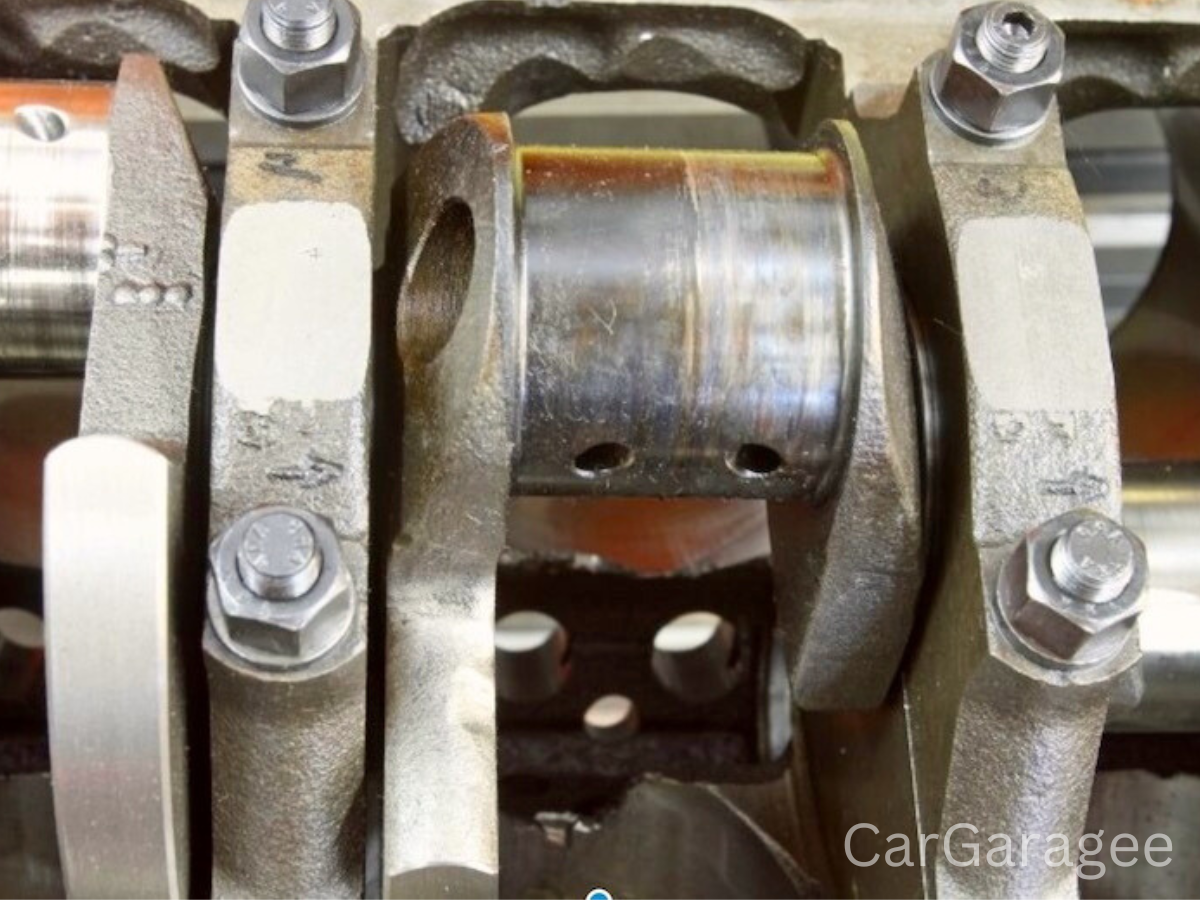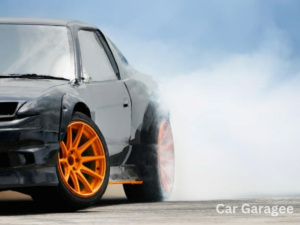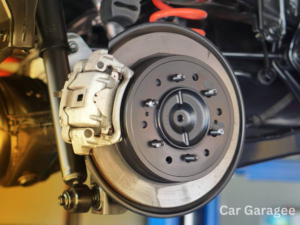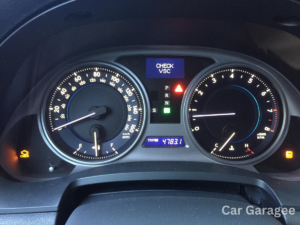When facing engine troubles, particularly a menacing knock from deep within, it could be a sign of rod-bearing failure. Addressing this promptly isn’t just about silencing an annoying clatter—it’s about preserving the health and longevity of your engine. In this blog, we’ll discover the costs of replacing rod bearings and share some insights from my years as a professional mechanic to help you navigate this repair.
What are Rod Bearings?
Rod bearings, or connecting rod bushings, are crucial components of your engine. They sit snugly around the crankshaft, ensuring that the motion of the pistons is smoothly transferred without excess wear or misalignment. The integrity of these bearings is pivotal for maintaining optimal engine performance and efficiency.
What Is The Rod Bearing Replacement Cost

-
Type of Engine and Vehicle Model
The make and model of your vehicle significantly affect the engine bearing replacement cost. For example, luxury or performance vehicles like specific BMW models often require more specialized, hence costlier, bearings and labor.
-
Quality of Bearings
Opting for high-performance bearings might increase upfront costs. Still, it can offer better durability and smoother engine operation in the long run.
-
Labor Costs
Labor is usually the most significant expense. Rates vary widely by location and shop, typically from $15 to $210 per hour. A complete replacement might require up to 20 hours of mechanic time.
-
Additional Parts
Often, it’s not just the bearings that need replacement. Seals, gaskets, and sometimes even the crankshaft might need significant replacing if damage has extended beyond the bearings.
-
Miscellaneous Expenses
These can include shop supplies, environmental disposal fees, and taxes, which can all add up.
Estimating Your Costs
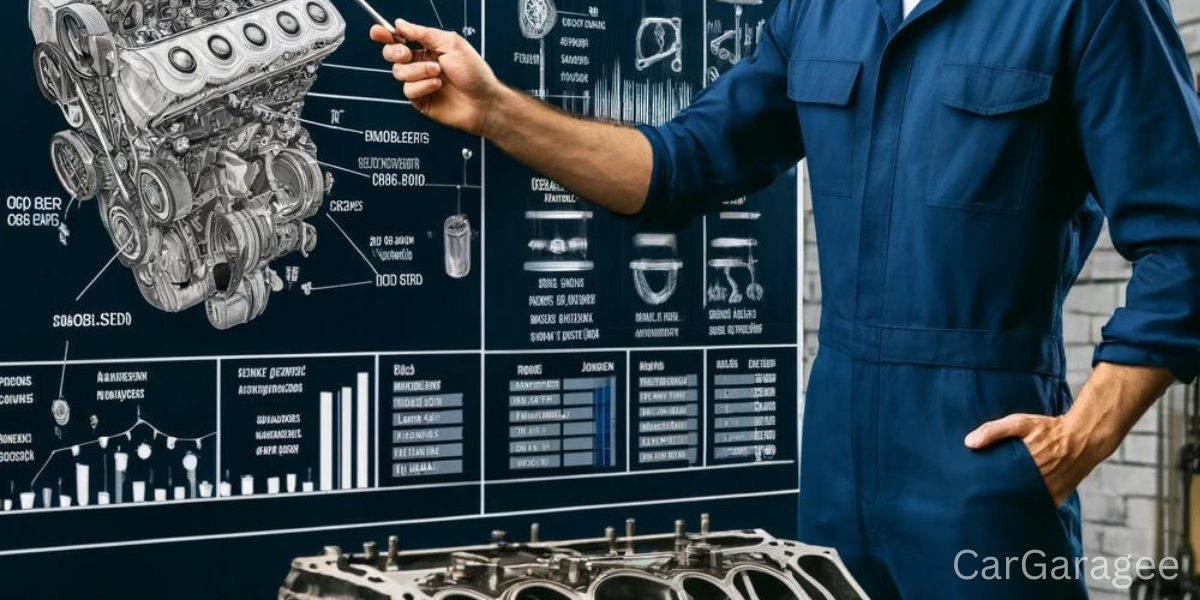
Based on these factors, the total cost of replacing rod bearing can range from a few hundred to several thousand dollars. Here’s a breakdown to give you a better idea:
Bearings and parts: $50 to $400+
Gaskets and seals: $20 to $100
Engine oil and filter: $30 to $50
Shop supplies and fees: $10 to $40
Labor:
Often the bulk of the cost easily ranges from $300 to over $2,000 depending on the complexity and duration of the job.
Personal Insights from a Mechanic
From my years in the shop, here are a few pieces of advice when dealing with rod bearings:
Early Detection:
Listen to your engine. Any unusual knocking sounds should be checked immediately to avoid more extensive damage.
Quality Parts:
Use high-quality or OEM parts for replacements. While aftermarket parts can save you money, they might only sometimes provide the best fit or durability.
Regular Maintenance:
Keep up with regular oil changes and maintenance schedules. It’s cheaper to maintain an engine than to repair one.
Signs of Bad Rod Bearing Failure
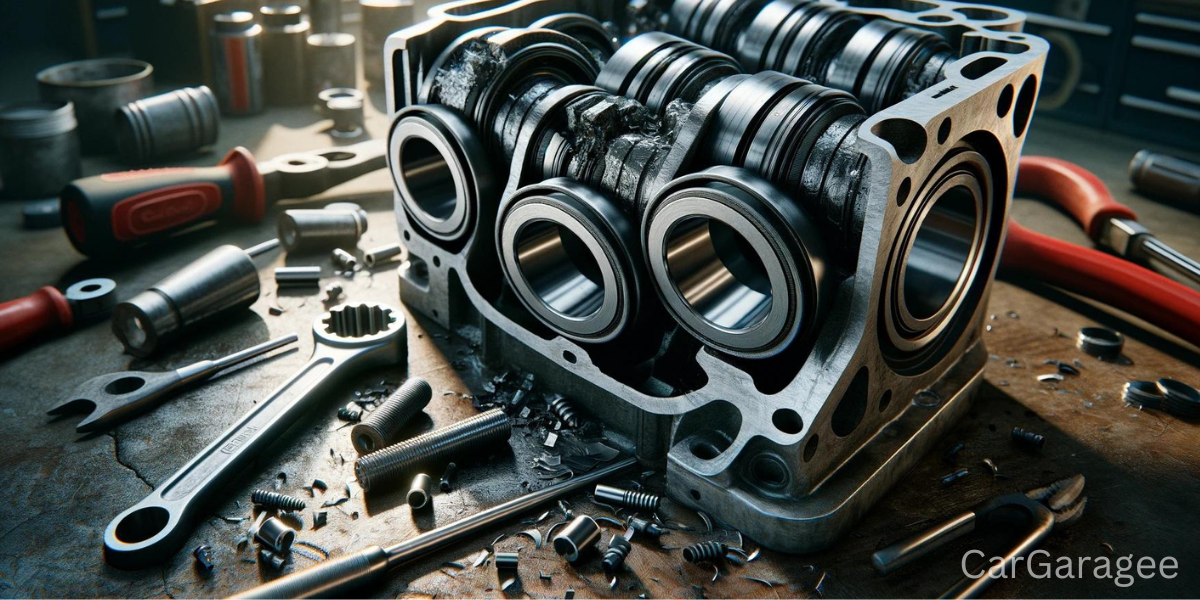
If the rod bearings in your car are going wrong, you might notice some clear warning signs. Here’s what to look out for:
Oil Problems
Check Your Oil:
When rod bearings fail, you might see issues related to your car’s Oil. This could be low oil pressure, needing to change your Oil more often because it gets dirty quickly, or finding metal bits or a shiny sheen in the Oil.
What it Means:
In modern engines, rod bearings are in a sealed, Oil-filled space to help them move smoothly and prevent damage. If you start seeing metal shavings in your Oil, or if seems thinner or under pressure, it’s a sign that something’s wrong.
Engine Noises
Listen for Knocking:
Bad rod bearings often make distinct knocking noises inside the engine, which is why it’s sometimes called “engine knocking.” You might hear this sound when the engine starts or while idling.
Tip: If you notice a metallic knocking sound, it’s a big red flag. This noise suggests that your rod bearings are wearing out, and you might soon face a hefty repair bill.
Transmission Problems
Transmission Grinding:
Issues with rod bearings can also affect your transmission. You might hear grinding noises or notice your belts wearing out faster than usual. This happens because the damaged bearings aren’t transferring motion smoothly to the crankshaft, which puts extra strain on the transmission.
Engine Breakdown
Major Failures: One of the worst outcomes of rod bearing failure is engine breakdown. For example, a rod could break and pierce the engine casing.
What to Do: If this happens, you’ll need to decide if it’s better to fix the engine or replace parts. Sometimes, replacing part of the engine is more cost-effective than a complete repair.
READ MORE:
Color Code for Tail Light Wiring: A Comprehensive Guide
Headlight System Malfunction: Causes & Solutions
Red Car with Key Symbol on Dashboard Nissan: What It Means & How to Respond
Why Do Rod Bearings Fail in Your Car?

Rod bearings are essential parts that help your car’s engine run smoothly by allowing the crankshaft to rotate without too much friction. However, these bearings can wear out and cause big engine problems. Let’s look at the common reasons rod bearings might fail and share some simple tips to help you prevent costly repairs.
Poor Quality Bearings
Quality is Key:
A big reason for rod bearing failure is using low-quality bearings. These cheaper options may not hold up under the stress of driving, especially in cars designed for high performance, like some BMW models.
Tip from a Pro:
Always choose high-quality or original manufacturer bearings. They cost more but are worth it because they last longer and work better, saving you money and trouble.
Not Enough Oil
Keep It Oiled:
If your car doesn’t have enough Oil, the rod bearings can’t do their job well. They need a steady oil flow to create a slippery film that helps everything move smoothly. Without enough Oil, there’s too much friction, which makes the bearings wear out faster.
Insight from Experience:
Make it a habit to check your oil level regularly and top it up if it’s low. Please don’t wait for the Oil warning light on your dashboard; check it periodically or before you go on a long trip.
Delaying Oil Changes
Change Oil Regularly:
How often you change your Oil dramatically impacts the life of your rod bearings. Not changing your Oil enough can usually lead to dirty, ineffective crude Oil, which doesn’t protect the bearings.
Advice from a Mechanic:
Stick to a regular oil change schedule. Changing your Oil every 5,000 to 10,000 miles (or as your car manufacturer recommends) helps eliminate dirt that wears out the bearings and keeps the Oil in good condition.
Driving Hard
Take It Easy: Driving your car hard, like towing heavy loads or racing, can also wear out rod bearings quicker.
Practical Tips:
- Drive gently.
- Avoid pushing your car too hard, especially when the engine is cold.
- If you often drive under harsh conditions, consider using thicker Oil to protect the engine better.
Overheating Engine
Stay Cool:
Overheating can be harsh on rod bearings. When the engine gets too hot, the Oil might not lubricate well, and the bearings can expand too much and wear out.
Preventive Steps:
Keep your cooling system in good shape. Check your radiator, coolant levels, and thermostat regularly to ensure your engine doesn’t overheat and keep your bearings safe.
Advances in Material Science: Making Rod Bearings Better and Last Longer
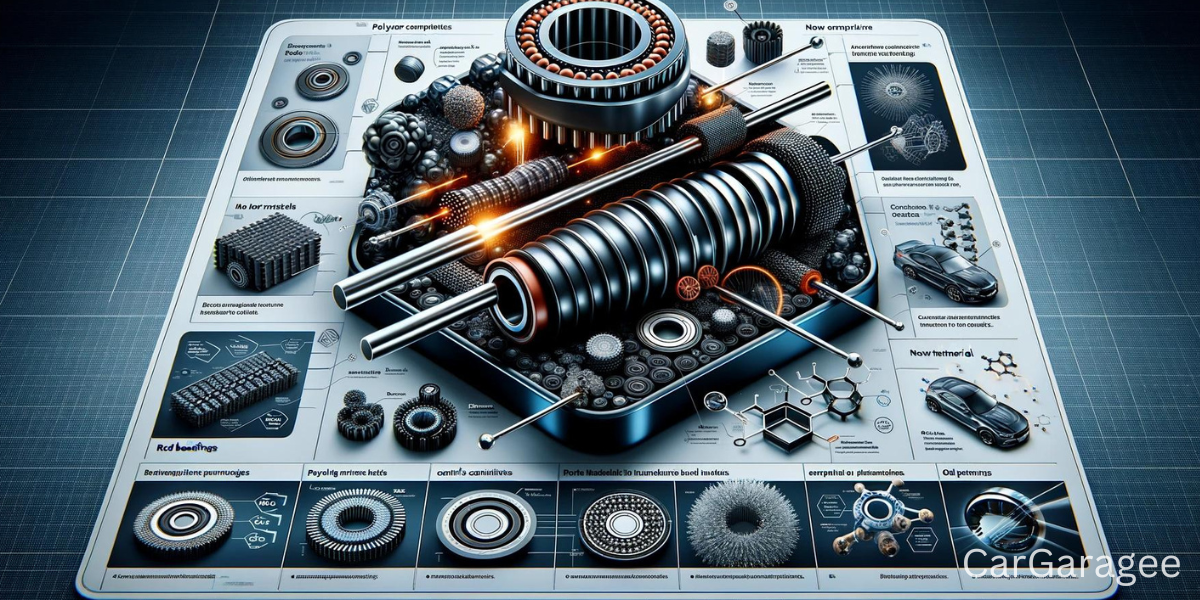
Material science is changing how car parts, especially rod bearings, are made. These are essential parts that help engines run smoothly. Here’s a look at the new materials that make rod bearings better:
Polymer Composites
What Are They? These are materials made by mixing plastics with fibers or particles to make them stronger. They’re light like plastic but as tough as metal or ceramics.
Why They’re Good for Rod Bearings:
Less Friction: They don’t rub as much, which means they don’t get as hot. This helps them last longer.
No Rust: They don’t rust like metal, so they keep working well for longer.
Advanced Metallic Compounds
What Are They? These are strong metals like nickel alloys and titanium, usually used in airplanes but now also in cars for parts that need to be very tough.
Why They’re Good
Strong: They can handle a lot of force and heat without bending or breaking.
Stays the Same in Heat: They don’t change shape or get weaker, even when hot.
Ceramic Based Materials
What Are They? Ceramics are super hard and heat-resistant materials. They’re used in places where parts get worn out quickly.
Why They’re Good
Very Hard: They don’t wear out quickly, even when dirt or other rough particles are around.
Light: They’re lighter than metals, making the whole engine lighter and saving fuel.
Surface Coating Technologies
What Are They? This is about putting a thin layer on the surface of rod bearings to make them better. Types of coatings include diamondlike carbon (DLC) and physical vapor deposition (PVD).
Why They’re Good
Less Wear and Friction: These coatings make the surface smooth and rigid, reducing rubbing and wear.
More challenging Surface: They make the surface of the bearings more complex, so they don’t get scratched or dented easily.
FAQS
Why do I need to replace rod bearings?
They are crucial because they help your engine run smoothly by connecting the pistons to the crankshaft. Over time, they wear out from use. Replacing them helps prevent engine damage and keeps your car running reliably.
How do I know if my rod bearings need to be replaced?
You might need new rod bearings if your engine starts making a knocking sound, significantly when you speed up. This noise means the bearings are worn out and aren’t keeping the engine parts aligned and running smoothly.
Can I replace rod bearings by myself?
Replacing them can be tricky and requires some mechanical skills and special tools. If you need to become more experienced with car repairs, having a professional mechanic does it is safer. This ensures the job is done right, and your engine won’t have issues later.
What’s the risk of not replacing worn rod bearings?
Ignoring them can lead to serious engine problems like the engine seizing or other parts getting damaged from the extra friction. It’s cheaper and safer to replace them before they cause more extensive issues.
